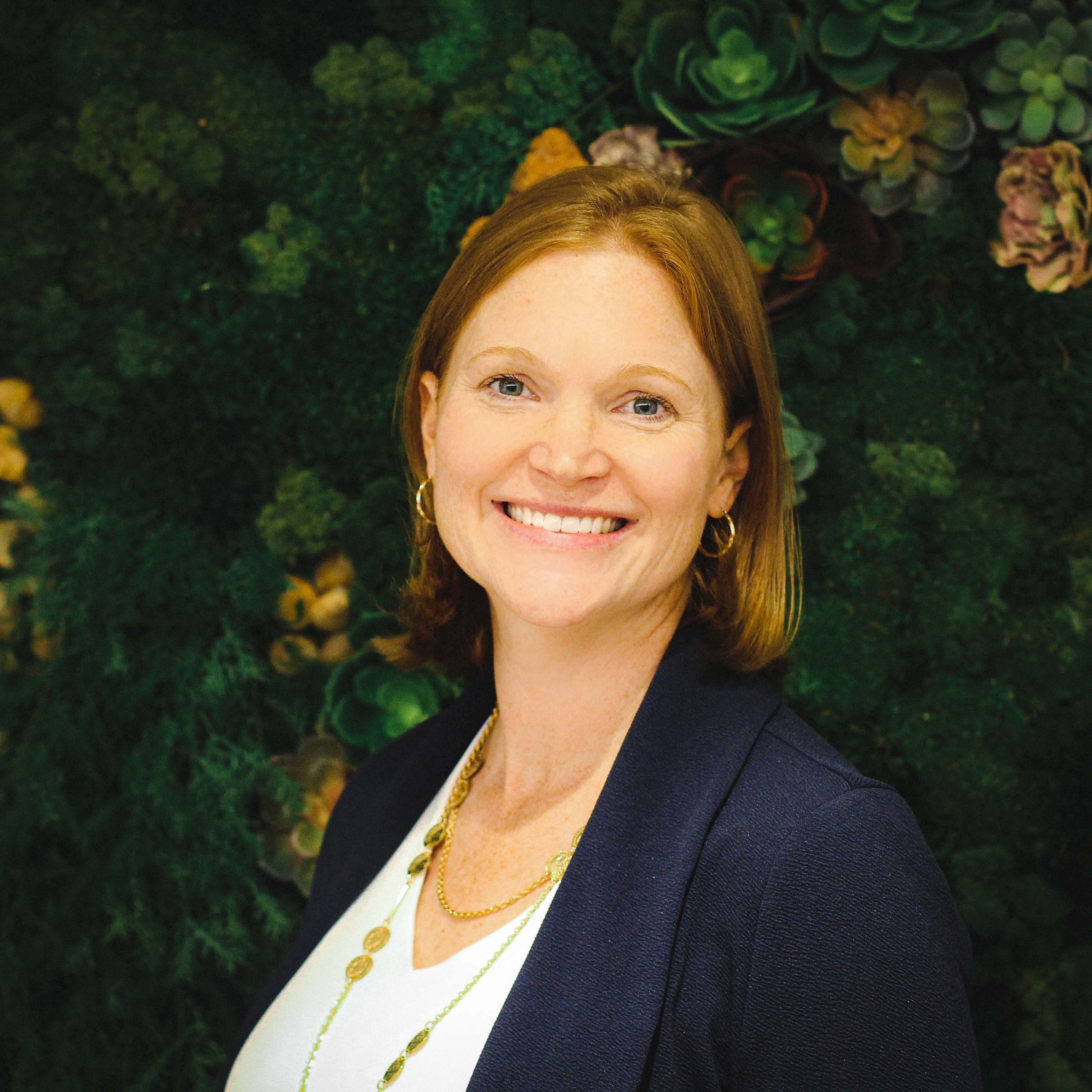
At DT Global, learning and innovation are two of our core values. As a company, we are shaped by our desire to constantly learn from our work and use what we learn to adapt future programming and innovate new ideas. Throughout the month of January, we’re highlighting what Learning and Innovation means here at DT Global, why we believe these two elements are crucial to our work, and how we incorporate them into every aspect of our culture and ethos.
In this installment, Jessica Reitz Curtin, Vice President for Learning and Innovation at DT Global US, talks to us about best practices and methods to effectively improve programming through applied learning.
I believe that there are three key components to integrate a learning agenda into programming. The first component is culture: creating a culture of curiosity that encourages creativity and rewards risk-taking. The second component is clarity around what the program or organization is seeking to learn. It is important to first understand what you know and what you don’t know before you can be clear on what you still need to know in order to achieve the impact you want your program to have. And the third component is intentionality. Staff need structured opportunities to pause and reflect, discuss new ideas, review their work, and extract what they’ve learned.
It’s also important for the learning space to be as inclusive as possible. Learning is not just about technical work, but also operations: how we do procurements, how we staff our programs, what sorts of skills sets we develop, and so on. It must take place across the entire organization, not just the program and monitoring, evaluation, and learning teams. Some of the best points for learning can come from our drivers in the field, for instance, who spend a lot of their time listening to program teams in the car and observing program implementation.

Learning is a necessary precondition to adaptive management and requires the same components of culture and intentionality, in which you are constantly seeking to revise and amend processes or program approaches as contexts change. When you create an environment of creativity and risk-taking, you increase opportunities for staff to explore, find efficiencies, and improve the way their work is done. Again, these are not just program-related innovations—they can be new ways of conducting procurements or financial reporting.
To facilitate this kind of environment, it is critical to do regular after actions reviews. These enable us to look at trends over time and, if similar issues keep appearing, consider changes to processes or models. It’s also important to allow for failure, which is often where we do our best learning and adapting. Many times, I’ve seen a fear of failure keep people from trying new approaches in a changing context, and this often leads to missed opportunities for achieving program outcomes; it’s key for program leadership to create a safe space for this.
I encourage staff to regularly discern and balance between the immediate outcomes and the longer-term objectives that their program is trying to achieve. It’s crucial to adapt toward these longer-term program goals, not just the current issues, when we are learning and adapting in real time. The most effective way to do so is to hold in mind the past (where the program has been), present (where it is now), and future (where you want to get to). That requires visualizing the ultimate outcomes you want your program to have and maintaining a longitudinal understanding of your program learning.
Another thing I recommend for staff is to ask themselves regularly, “What am I learning, and what do I need to learn to do this work more effectively and efficiently going forward?” If we are regularly asking ourselves these questions, we are staying focused on the present and connecting to the outcomes we want to achieve.
This is one of the biggest challenges that programs have: discerning the signal from all the noise. Doing this well comes back to intentionality and being clear on your purpose for learning. Programs that are clear on purpose have an easier time discerning how the information received today impacts not only what the program is doing presently but what it needs to learn and do in the future. If the information you are receiving doesn’t assist you with either your present or future learning purposes, you can probably disregard it, at least for now, and come back to it later if your learning purposes or programming environment have changed.